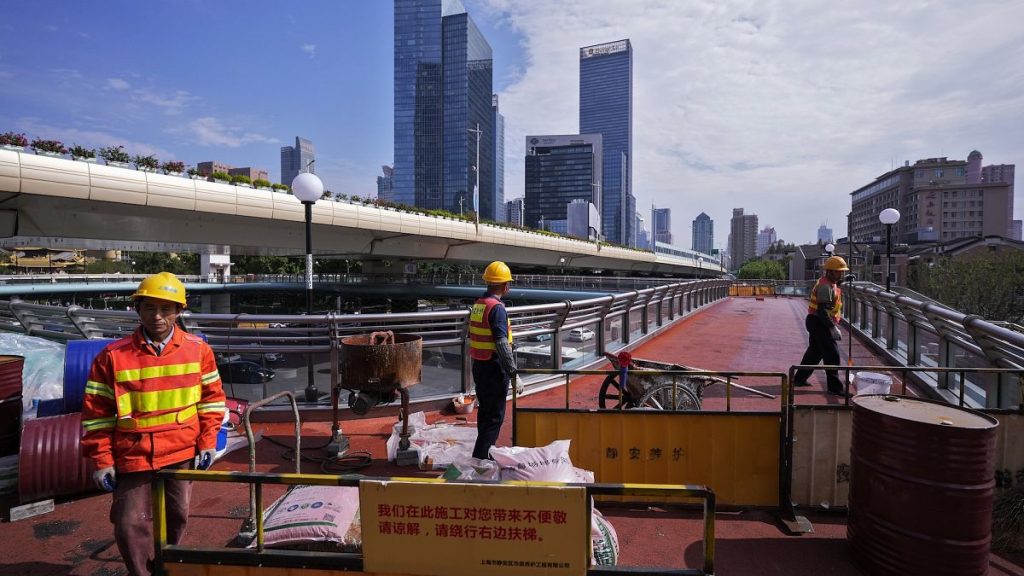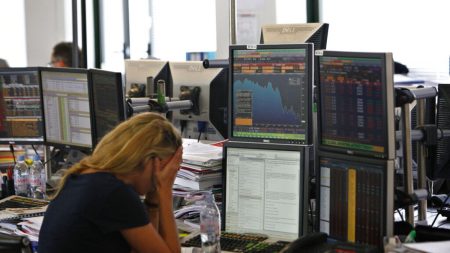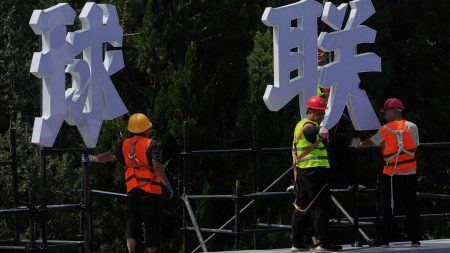China’s manufacturing sector experienced a marginal expansion in December 2016, as indicated by the Purchasing Managers’ Index (PMI), which registered a slight dip to 50.1 from 50.3 in November. While this marked the third consecutive month of expansion, the slowing pace raises concerns about the overall health of the Chinese economy and its vulnerability to both domestic and international pressures. Despite recent government stimulus measures aimed at bolstering economic activity, the manufacturing sector appears to be struggling to maintain momentum. The slowdown is attributed to a decline in output, suggesting that while demand might be relatively stable, factories are facing difficulties in meeting it. This situation is further complicated by downward pressure on prices, indicated by a fall in the output price component. This deflationary pressure could potentially squeeze profit margins for manufacturers, further hindering their ability to invest and expand production.
The slight expansion in the manufacturing PMI was driven by an eight-month high in new orders, a potentially positive sign for future growth. Furthermore, export orders reached their highest level in four months. This surge in export orders is likely attributed to US importers attempting to front-load purchases ahead of anticipated tariffs threatened by then incoming US President Donald Trump. This preemptive buying by US importers, while providing a temporary boost to Chinese exports, underscores the looming trade risks faced by China. The threatened tariffs, combined with China’s existing economic challenges, paint a complex picture of its near-term economic prospects.
The non-manufacturing sector, encompassing services and construction, offered a brighter outlook, with its PMI rising to 52.2 from 50.0 in November. This substantial increase indicates a more robust expansion in these sectors, potentially offsetting some of the weakness in manufacturing. The growth in services and construction could be a result of government efforts to shift the Chinese economy away from its reliance on manufacturing and exports towards a more domestically driven, consumption-based model. This rebalancing, while crucial for long-term sustainable growth, presents its own set of challenges, including managing risks associated with rapidly expanding credit and property markets.
The World Bank, while raising its growth forecast for China’s economy to 4.9%, acknowledged the underlying vulnerabilities. Factors such as waning consumer and business confidence, a rapidly aging population, sluggish consumption, and mounting debt levels pose significant long-term challenges. These structural issues require comprehensive and sustained reforms to address. The declining birth rate and increasing life expectancy are shrinking China’s workforce, putting pressure on the social security system and potentially dampening future economic growth. Furthermore, high levels of household and corporate debt raise concerns about financial stability and the potential for a debt crisis, which could severely impact economic activity.
The dichotomy between the marginally expanding manufacturing sector and the more robust non-manufacturing sector highlights the complexities of the Chinese economy’s transition. While the service sector shows signs of strength, the manufacturing sector, a key driver of China’s past economic miracle, is facing headwinds from both domestic and international factors. The threat of trade tensions with the US adds to the existing economic vulnerabilities, including slowing domestic demand and overcapacity in some industries. China’s ability to navigate these challenges and maintain sustainable economic growth will depend on its ability to implement structural reforms, manage risks in the financial sector, and foster innovation and productivity growth.
Looking forward, China’s economic trajectory will depend on its ability to address these underlying structural issues. This includes implementing reforms to boost domestic consumption, manage debt levels, and address demographic challenges. Furthermore, navigating the evolving global trade landscape and mitigating potential trade conflicts will be crucial for maintaining export competitiveness and ensuring continued economic growth. The balance between supporting short-term growth through stimulus measures and implementing long-term structural reforms will be a key challenge for policymakers in the years to come. The ability to successfully navigate this complex landscape will determine China’s ability to maintain its position as a global economic powerhouse.














